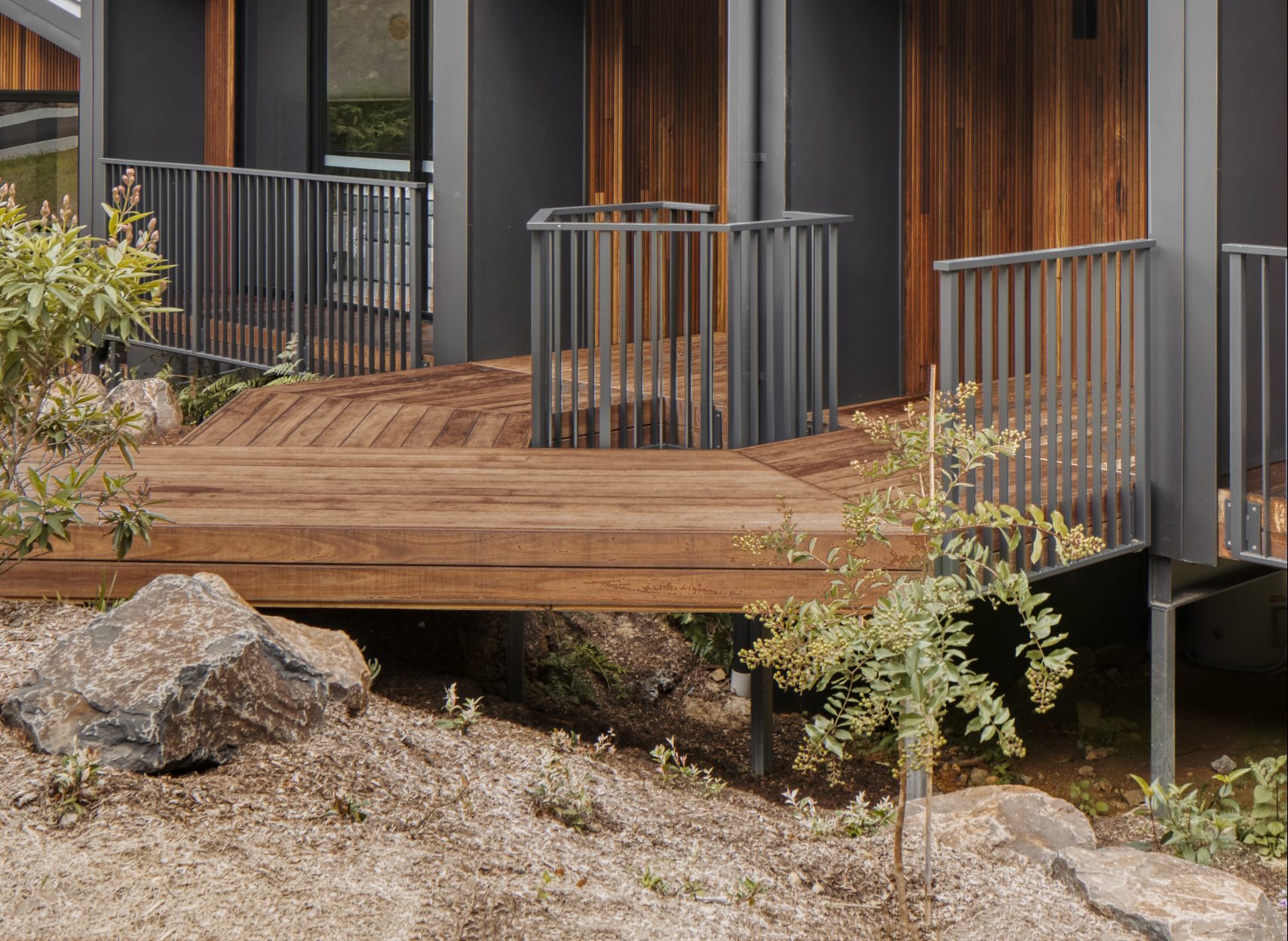
The Beauty of Natural Hardwood Decking
Timber decking profiles cater to different aesthetics, durability, and installation preferences. They include flat and shaped profiles that enhance grip, drainage, and visual appeal. Each profile is crafted for outdoor installation, considering weather resistance and maintenance requirements.
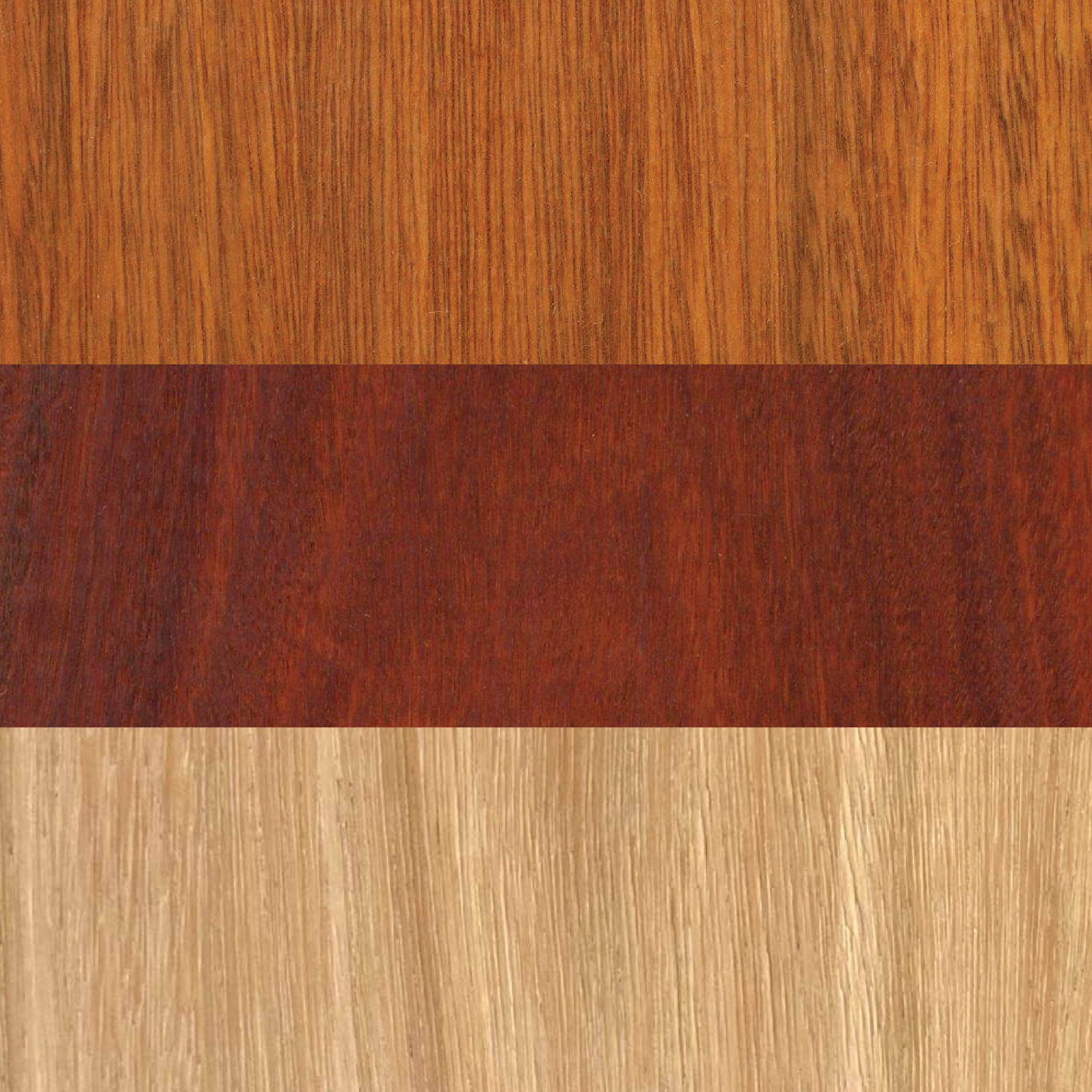
Species Available?
Spotted Gum
Known for its diverse colour range from light browns to deep reds. It’s popular for its durability, strength, and resistance to splintering, making it ideal for high-traffic outdoor decking.
Ironbark
Esteemed for its incredible durability and strength, Ironbark features a dark and rich colour palette. Its extreme hardness makes it resistant to wear and tear, perfect for decking exposed to harsh conditions.
Blackbutt
Features a lighter colour spectrum, from cream to pale brown hues. Blackbutt is valued for its good fire resistance and the ability to be stained or finished to suit different aesthetics.
Click here to view more information on our timber species offering.
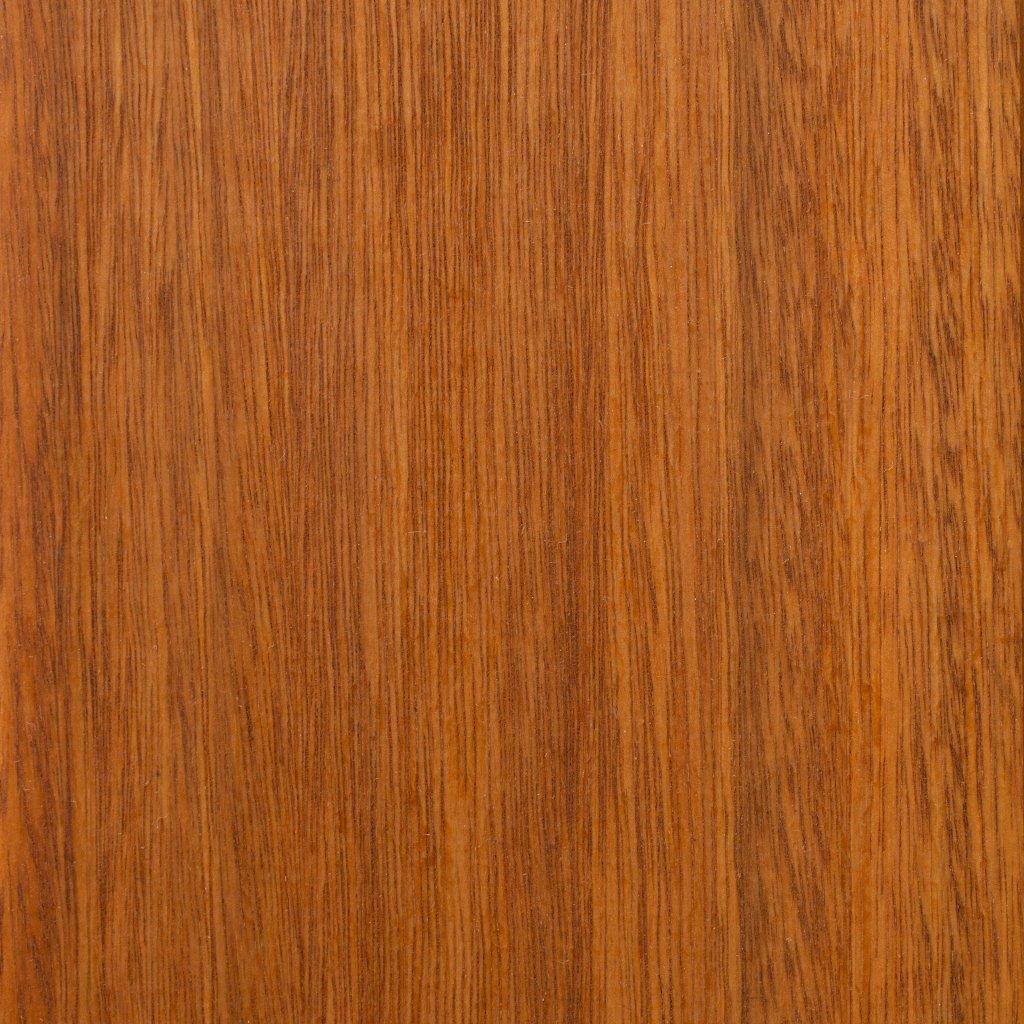
Choosing The Right Timber for Your Decking
Premium hardwood decking from our range of timber species is perfect for a classic and durable outdoor space. Hardwood decking is renowned for its durability and natural aesthetic. Our timber possesses resistance against the elements and termites, which means it can endure for a long time in outdoor areas.
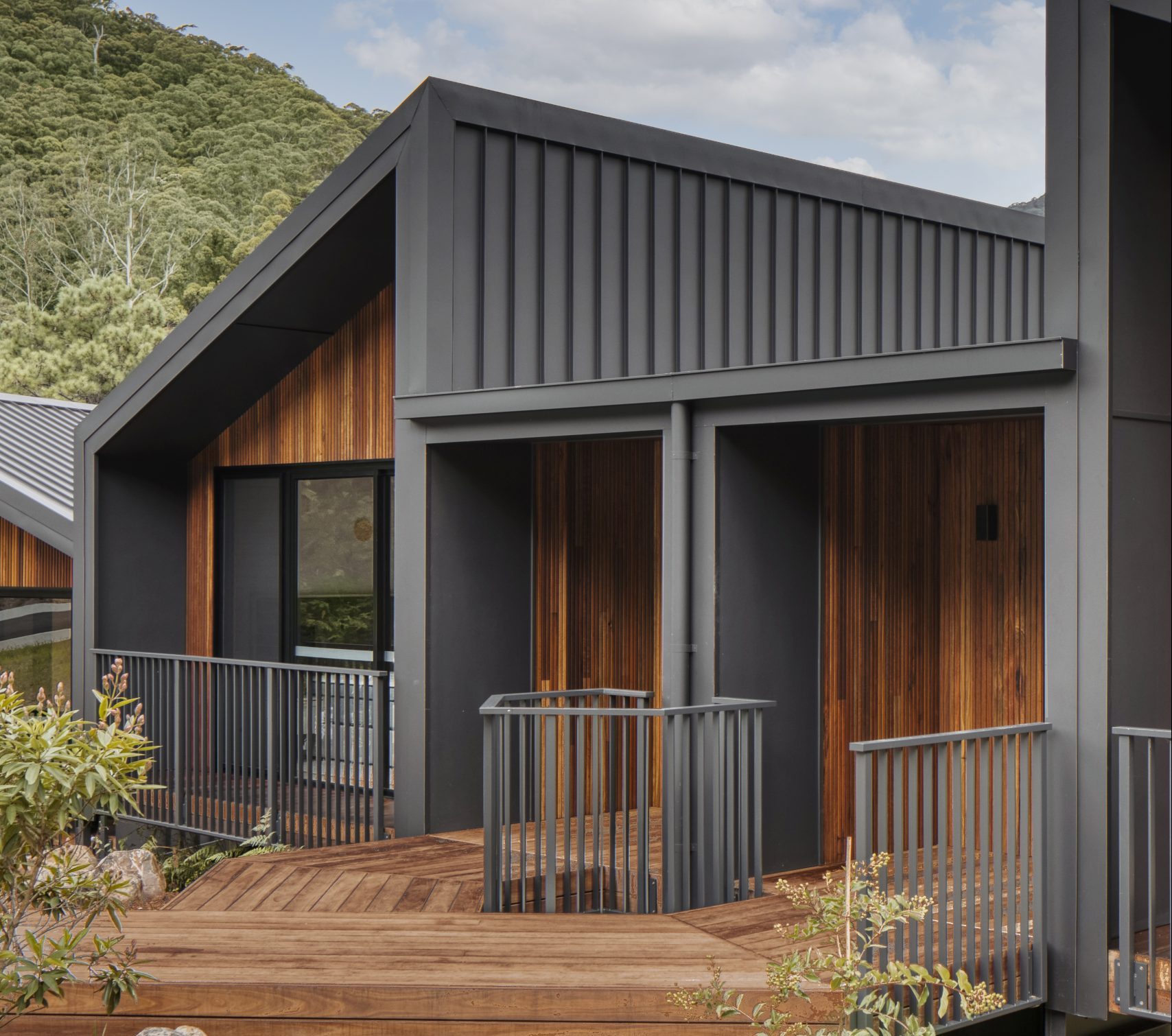
Decking Design and Layout Considerations
When it comes to the design and arrangement of timber decking, it’s important to consider the purpose of the area. Will it serve as a space for entertaining, an alfresco, or a place to unwind beside the pool? This will help to determine the size and layout required.
Another important aspect to consider is location and orientation. It makes sense for your deck or verandah to be positioned in some sunlight, whilst also providing shade in some areas for scorching Australian summers. The layout should also take into account any pre-existing features in the surrounding landscaping, such as trees, gardens, or water features.
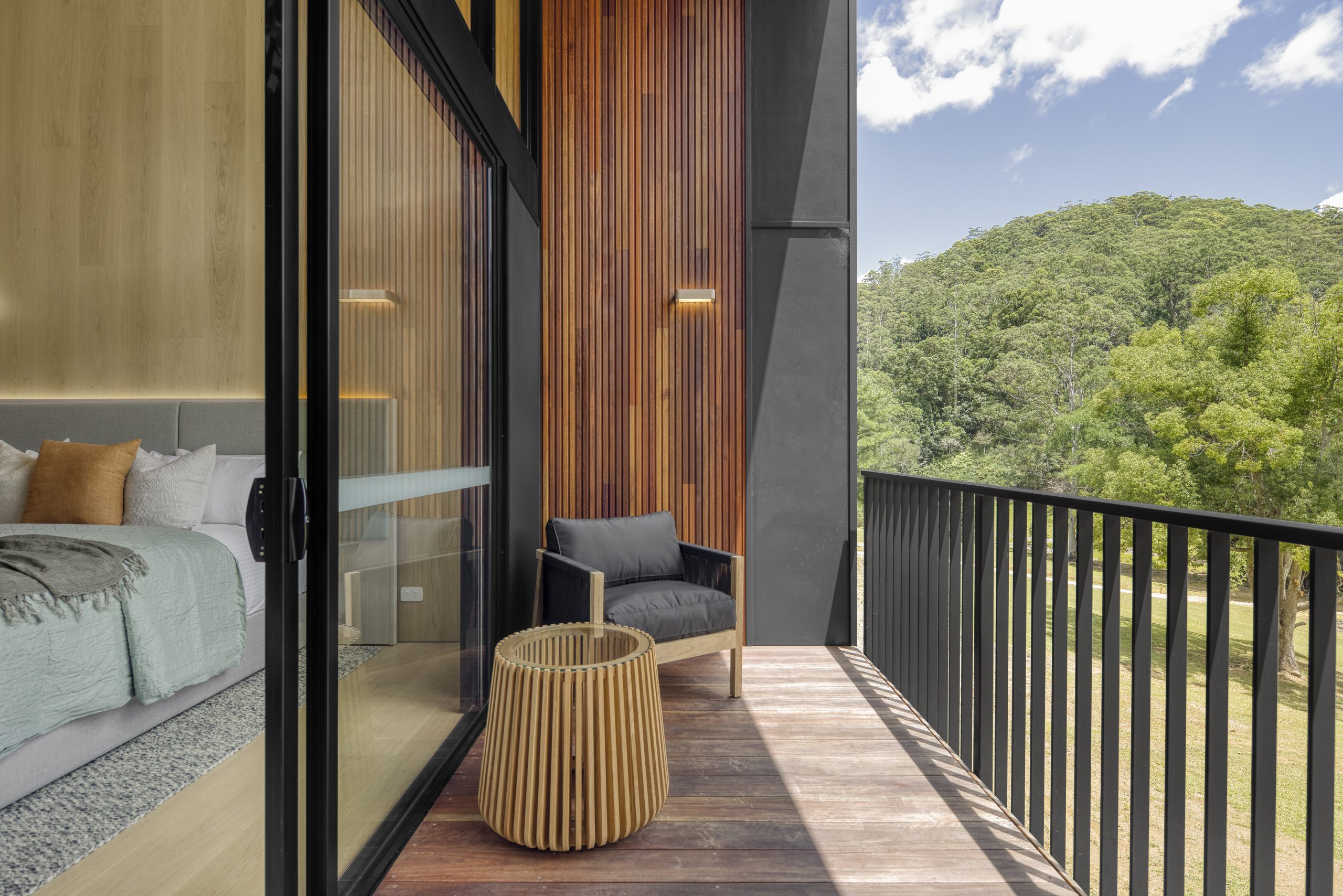
Our Timber Sustainability
Timber is recognised as one of the most environmentally friendly building materials. At Coach House Timbers, we’re dedicated to offering hardwood timber decking that upholds the highest standards for responsible sourcing and sustainable practices.
Our selection of timber species showcases a range of rapidly growing softwoods and hardwoods obtained from trusted plantations. These timbers have the ability to endure for many years with regular upkeep, and when their lifespan comes to an end, they can be recycled without causing harm to the environment.
At Modinex, we are more than happy to assist you in achieving your project’s sustainability objectives. Click here to read more about our sustainability commitments.
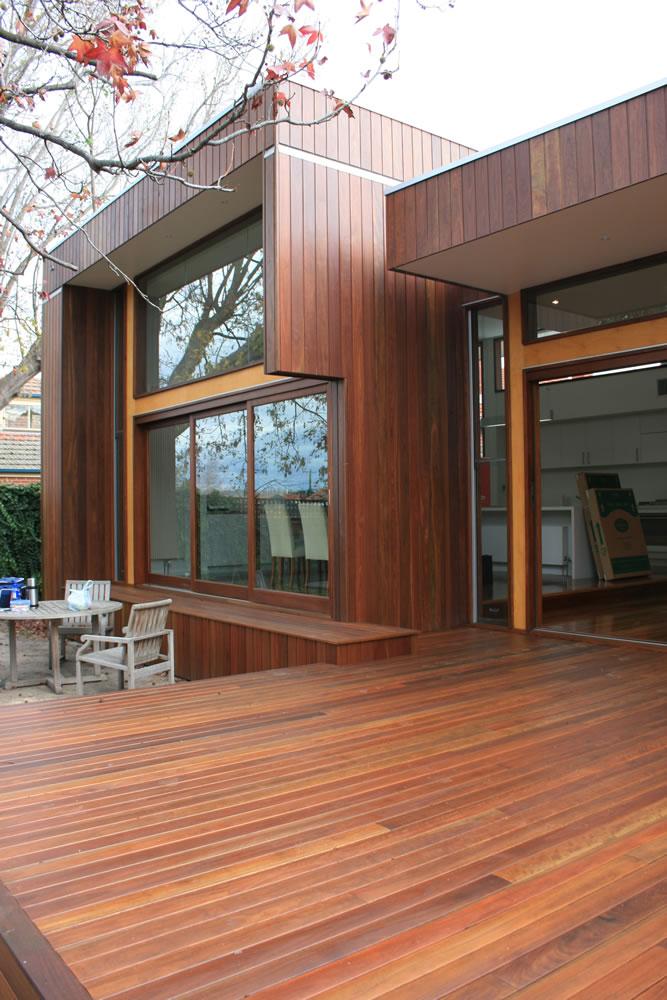
Frequently Asked Questions
How do I choose wood for my deck?
Choose based on durability, maintenance requirements, and appearance. Local hardwoods like Spotted Gum and Ironbark are above standard for durability and its timeless look.
What thickness of decking is best?
Thickness depends on the span of your joists. 19mm to 32mm thickness is common, with wider joists requiring thicker decking.
What is the minimum gap under decking?
A minimum gap ensures proper ventilation and prevents moisture buildup. A clearance of at least 400mm from the ground is advised.
Do you need membrane under decking?
A membrane should be used to protect the structure from moisture, especially in damp climates or applications close to soil or lawn. This is optional if decking is built over concrete.
Can you build a deck without excavation?
Yes, using deck blocks or a floating deck design can eliminate excavation. This is ideal for areas with difficult soil conditions.